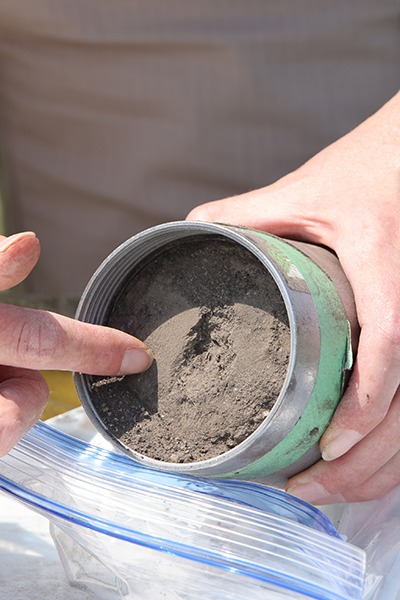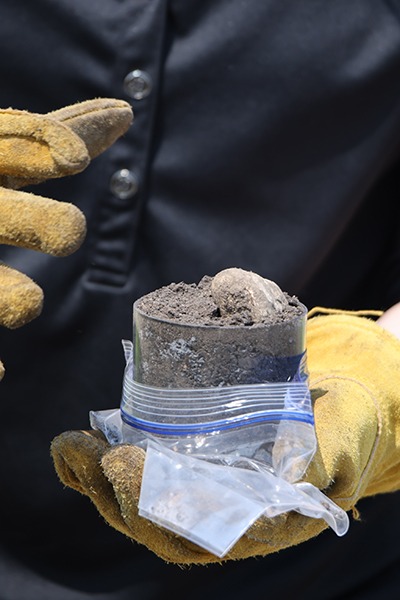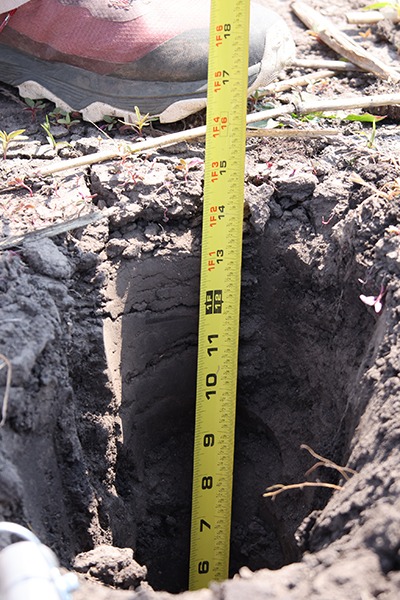How Much Farmland Is Eligible for Reduced Tillage or No-Till?
Content has been adapted from The Context Network “Get Smart, Stay Smart” Ag Carbon Service.
The short answer: 139 million acres of farmland in the US are still eligible to change crop production practices to reduce tillage, according to United States Department of Agriculture data from 2016.
Why does it matter? Reducing tillage intensity decreases soil disturbance, which—with other conservation practices—can help:
- Reduce erosion,
- Improve soil health, and
- Sequester carbon in the soil.
By accounting for acres still available to adopt changes, we get a better idea of the potential impact these practices can have on carbon sequestration and emission reduction in the United States.

Figure provided by Context Network, LLC.
Break it down: Reducing the amount of tillage that’s used on farmland can help farmers keep carbon in the soil. But there are a few different ways to bring tillage intensity down compared to conventional. Tillage types broadly include:
- Conventional tillage, including ploughing, harrowing, and removal of crop residue.
- Reduced till disturbs soil less than conventional tillage and includes in-row subsoiling, strip till, and ridge-till.
- Continuous no-till disturbs soil least of all, leaving soil untilled as seeds are drill-planted into rows.
- Keep in mind that management practices can change over time and depend on soil condition, harvesting, and planting practices. It’s important to recognize that tillage practices are not static, but can change over time as on-farm management needs change, too.
Moving from conventional tillage to reduced till or continuous no-till can help improve soil health. Reducing tillage boosts soil health indicators by providing a better habitat for soil microbes and fauna, like earthworms. Metrics like better aggregate stability, decreased erosion, and improved water filtration are often quick to follow—check out this article for more information.
We’re seeing steady improvement. Data from the United States Department of Agriculture indicate that no-till farm acreage in the United States increased by about 8%, while the number of farms using cover crops increased by roughly 15%. But there’s still room to grow.
- 38 million acres are still eligible to move from conventional till to continuous no-till.
- 27 million acres are available to move from conventional till to reduced till.
- 53 million acres are eligible to move from reduced till to continuous no-till, lessening soil disturbance even more.
Adopting reduced or no-till practices on farmland is one part of a suite of changes farmers can make to improve soil health and sequester soil carbon.
Photo courtesy of Brandon O’Conner and the Indiana USDA-NRCS.








